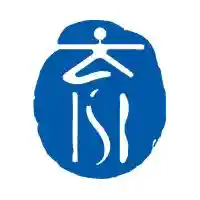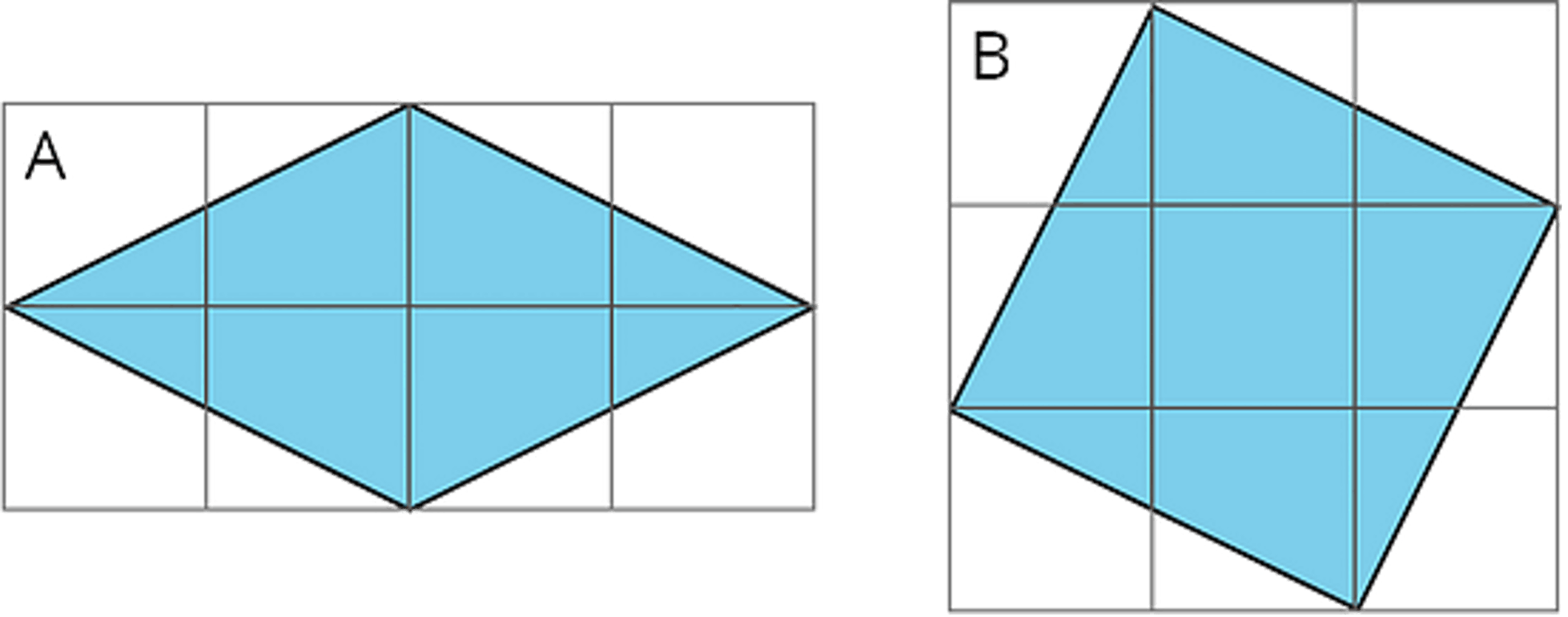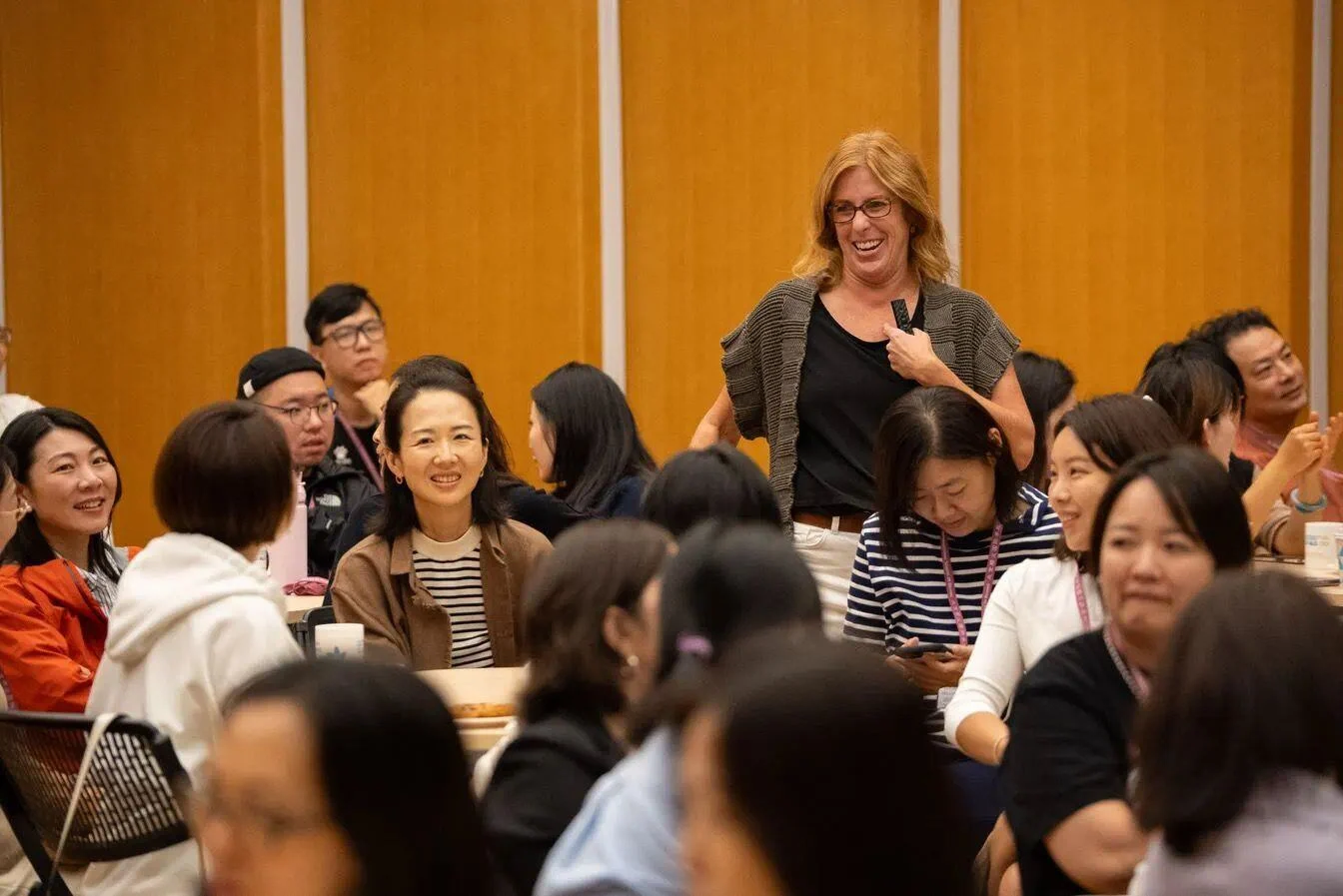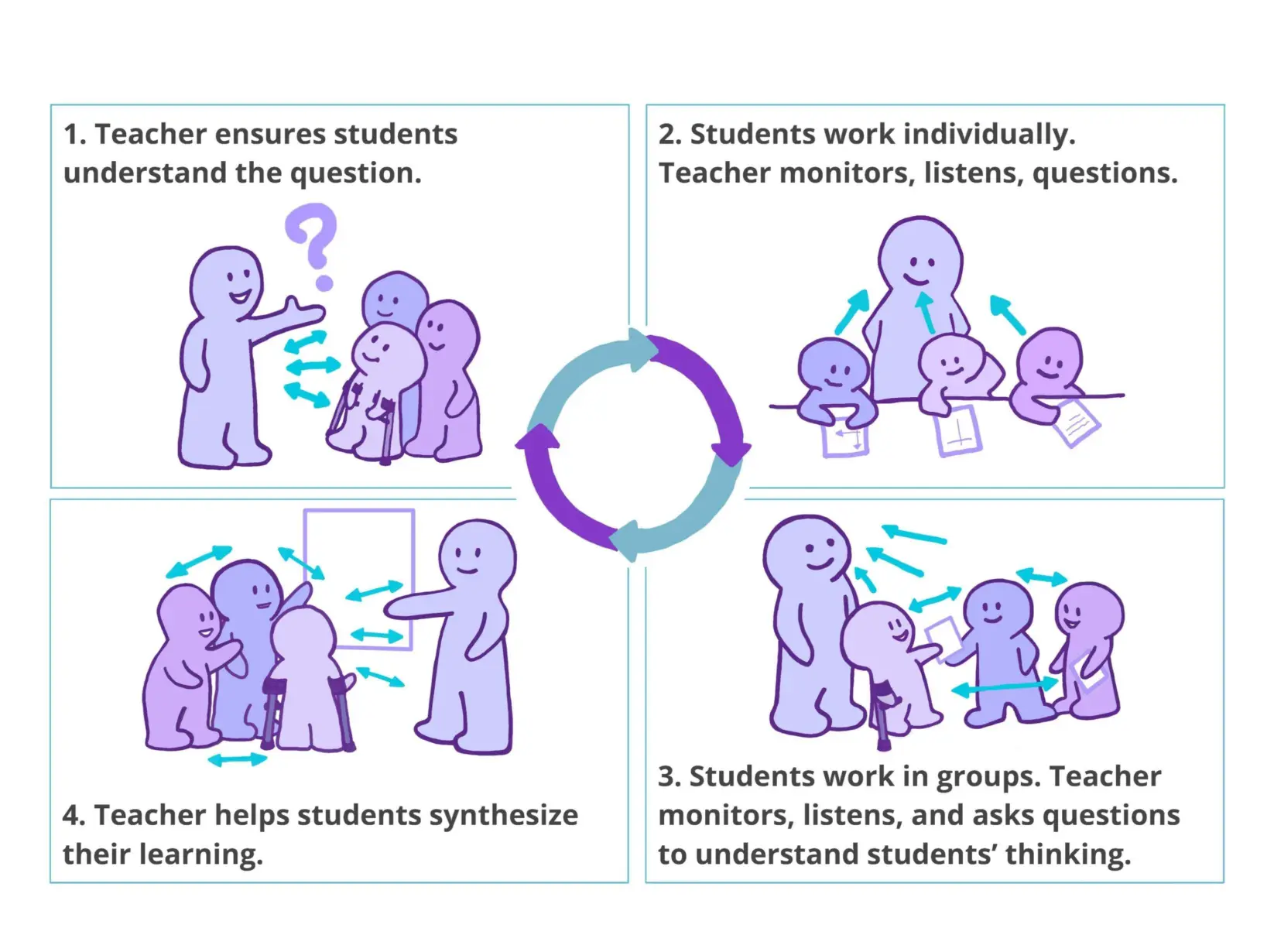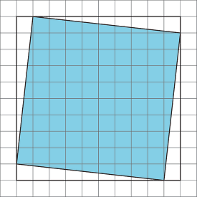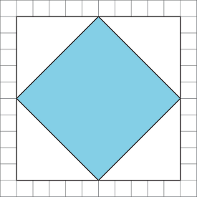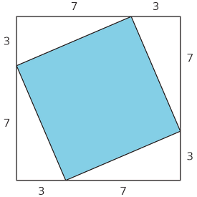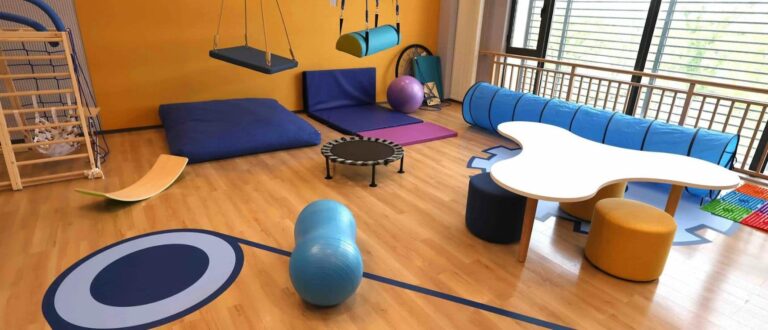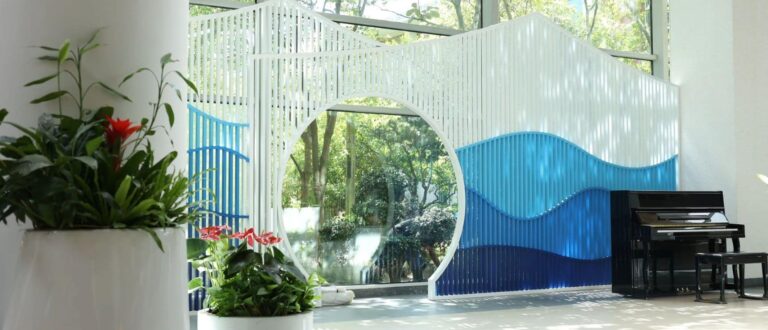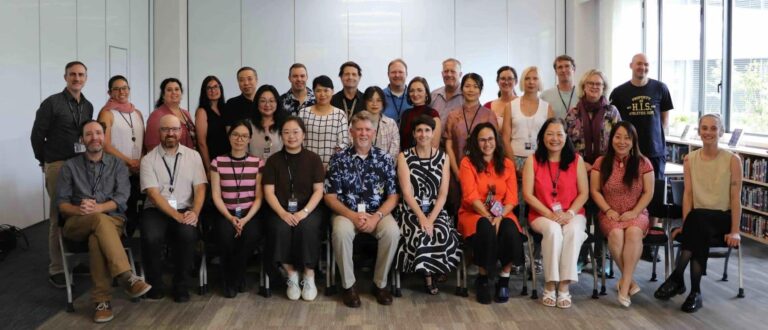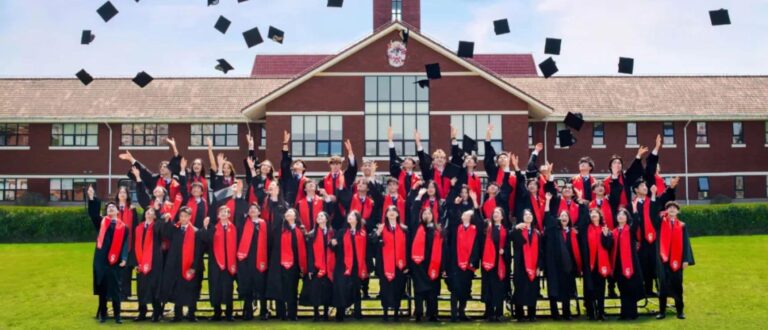Could you do the math of a Middle School student at the International School of Beijing (ISB)?
In the following two diagrams, which shaded region is larger, assuming the two grids are the same size? Explain your reasoning.
Now estimate the length of each side of the two shaded regions.
These are the kind of math exercises that younger students are routinely asked to engage with at ISB, where all learning is designed to be both challenging and joyful. For this 2024-2025 academic year, ISB has introduced a new math program for its Elementary and Middle Schools. It ensures that ISB’s principle of centering student thinking and meaning-making is put into practice consistently in every math classroom from Kindergarten to Grade 8.
All students at ISB experience deep learning that provides a strong foundation for math learning in High School and beyond. With two pathways at each grade, students work at a pace that suits them, and those who are ready for a faster pace can access an accelerated course of math study from Grade 6 (the start of Middle School) onwards. The Math Pathways system offers two routes through math in the Middle School to ensure that all students master the crucial content of these formative years. Placement decisions are made using multiple pieces of performance data.
In all subject areas, ISB is very intentional in designing its programs so that students learn most effectively, experience joy while being challenged, and achieve impressive outcomes. ISB’s world-class faculty and staff consider best practice and the latest thinking in how to teach, and all teaching is very carefully planned. ISB’s Math Philosophy Statement says, “We instill an appreciation of mathematics by providing a challenging program that is differentiated and appropriately rigorous for each student. In a nurturing and motivating environment, students explore and question… We believe that students learn mathematics best when they
- are encouraged to take risks and see mistakes as learning opportunities,
- productively struggle with problems and persevere in solving them, and
- experience success in an open and collaborative learning environment.”
The perfect solution for ISB’s students
ISB curriculum leaders had this philosophy in mind when they began their search for new math instructional resources to best serve their students. They reviewed many materials and programs and determined that Illustrative Math for Elementary School and Open Up Resources for Middle School were most closely aligned with ISB’s Math Philosophy. These instructional materials are used widely in international schools around the world. The two programs are strongly related, so students will experience a smooth transition from Elementary to Middle School.
Illustrative Math and Open Up Resources follow the problem-based approach that ISB loves. When most adults were at school, we were presented with Pythagorean theorem then made to practice the formula through sets of problems, with little to no discussion. In modern math teaching, students engage in problem-solving and meaning-making that leads to deeper understanding and more connected learning. They arrive at the solution – Pythagorean theorem, for example – through lots of different methods. Teachers first identify what students need to learn and then facilitate discourse to connect the mathematical ideas necessary for understanding. ISB math students take part in fun, engaging tasks and are encouraged to justify and critique their own, and others’, thinking.
Crucially, they are led to make the breakthroughs themselves, constructing meaning with the teacher, rather than being taught at by a teacher. We call this approach to teaching Guide on the Side, as opposed to Sage on the Stage. This chart from Open Up Resources shows the model.
Tackling the rectangle challenge in an ISB math class
One Wednesday morning in Math Class 8-26, for example, teacher Jesus Garcia Jorda divided his Middle School students into groups of two or three and asked the teammates to work on an activity of sorting rectangles. They had to calculate the lengths of the sides and assess which of the rectangles were scaled copies of others. The exercise sheets were pinned to whiteboards and the students had to stand and use a method of their choosing to come to a solution, noting their calculations and annotating the whiteboards for others to see.
Mr. Garcia briefed the students on their task. Once he had confirmed that they understood, he started a timer and the groups leaped up from their desks and started strategizing.
After 10 minutes, Mr. Garcia brought the whole class back together to review some principles and discuss some of the different approaches that the groups had tried. After another 10 minutes of work at the whiteboards in groups, the teacher picked out a few students to present their work.
“Working together allows you to see how other people solve the problem and be inspired by different approaches,” said Eva Z of the rectangle challenge.
“Something fun about our classes is that we learn from different examples,” agreed Alex E.
Other members of the class said these kinds of tasks were more representative of the math adults need to do in the real world. The real challenge is figuring out the basic requirements of the task and then deciding on the best way forward, said one student. Another said he felt he benefited a lot more from working in teams than on his own – “It’s more engaging; you’re focused and interacting.”
All ISB math students are sure to experience challenging and joyful learning like this due to quality teaching and the expertise and care that has been put into designing the programs. For any adults reading this and interested to overcome numerical challenges like an ISB math whiz, here are a few more to leave you with. In square units, what’s the area of each shaded block?
Megan Holmstrom of MathSpeakGlobal is a renowned math education consultant who has been working with ISB on implementation of Illustrative Math and Open Up Resources. She has provided professional learning for ISB teachers. ISB parents can sign up here for workshops with Megan on November 20 and 26 and find more details on these events in school communications including the ISB Calendar.
